A cyclo is a three-wheeled vehicle operated by human power (using pedals), created and tested by Pierre Coupeaud (French) in Paris in the early 1930s with the original name of tri-porteur , then Coupeaud brought this type of vehicle to Cambodia in 1935, calling them cyclo-pousse . In 1939, Coupeaud organized a trip from Phnom Penh to Saigon by cyclo-pousse driven by two people taking turns. Later, the Vietnamese simply called this type of vehicle "xich lo" ( cyclo ).
However, Pierre Coupeaud was not the inventor of the world's first pedal rickshaw, as this type of vehicle was built in the 1880s, derived from Japanese rickshaws . By 1929, rickshaws were widely used in Singapore (David Edgerton (2011). The Shock of the Old: Technology and Global History Since 1900. Oxford University Press. p.46).
The term cyclo in French and English is the Latinization of the Greek kyklos - a word meaning "wheel, round, circle". Depending on the country, the cyclo has many corresponding names. The French call it vélo-taxi ( or vélotaxi) ; the Portuguese call it ciclorriquixá, ecotáxi, riquixá or riquexó… ; the Spanish call it bicitaxi, tricitaxi and other names; and the Russians call it Veloríksha ( Велори́кша ) or Velotaksi (Велотакси)…
In American English, the most common term for a pedicab is cycle rickshaw, but it is also called a pedicab or bike taxi (depending on the region); in Mexico, the terms bicitaxi and taxi ecologico are often used to refer to a pedicab that looks quite similar to the German Fahrradtaxi (or Fahrradrikscha ). The Dutch and Belgian fietstaxi also have German origins.
In Asia, the Chinese call the pedicab the Sanchaksha (三轮车: three-wheeled vehicle), but this name is also used to refer to electric vehicles and children's vehicles, including sanitation vehicles and garbage trucks; the Japanese call it generally the jitensha takushi (自転車タクシー) - a type of 2-wheeled or 3-wheeled vehicle powered by human power; however, the closest equivalent to the pedicab is the wa taku (輪タク), a type of vehicle created in the early Taisho period (1912 - 1926).
In India, the rickshaw is called rikisha (रिकिशा) in Hindi, a word that means a pedal-driven, human-powered cart. The Indonesians call it becak , based on the Hokkien word 馬車 or 马车 (bé-chhia), which means "horse-drawn cart", but becak is actually very similar to rickshaws and pedicabs in Vietnam.
In Malaysia, there is the beca , written in Javanese as বিচা, a three-wheeled vehicle derived from lanca - a two-wheeled vehicle pulled by people popular in China a few centuries ago. The Burmese call the cyclo sitekarr ( - / ), pronounced from the English word sidecar .
In general, in the second half of the 20th century, cyclos had a variety of designs, appearing in many places around the world, including Europe and America (as a means of entertainment for tourists ). There were types of drivers sitting in front of the passengers to pedal (like in India, Bangladesh, China); types of drivers sitting behind the passengers like in Cambodia, Indonesia, Malaysia and Vietnam (in the West of Vietnam there was a type of "rickshaw", the driver sat in front of the passengers); in Myanmar, the Philippines and Singapore, passengers usually sat in the trunk next to the driver.
Only Vietnam and Cambodia call it cyclo , based on the word cyclo in French - Cambodians call it ស៊ីក្លូ (xich-lo) . In addition to pedal cyclo, there is also a type of motorized cyclo, using gasoline or electricity (rechargeable battery).
Source: https://thanhnien.vn/xich-lo-tu-dau-toi-185241025223321493.htm





![[Photo] The 18th Hanoi Party Congress held a preparatory session.](https://vphoto.vietnam.vn/thumb/1200x675/vietnam/resource/IMAGE/2025/10/15/1760521600666_ndo_br_img-0801-jpg.webp)






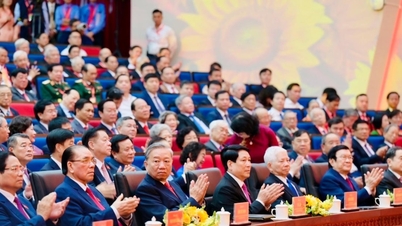











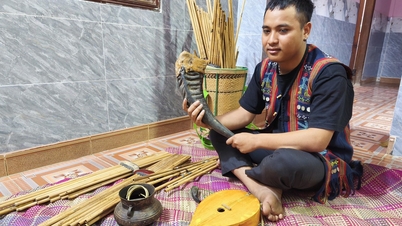


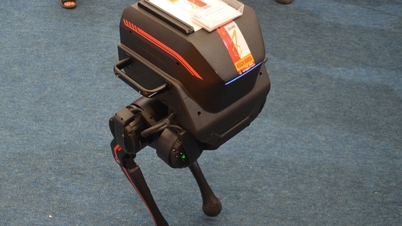


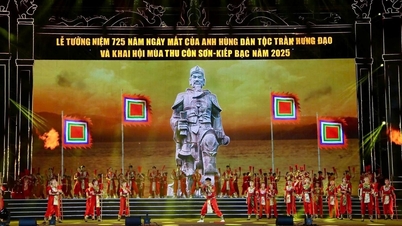

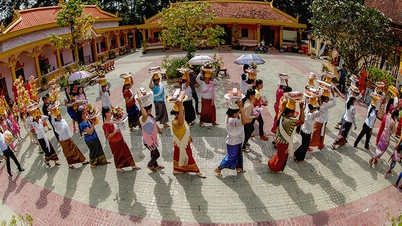

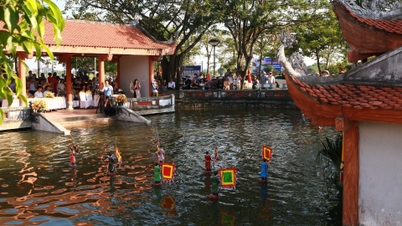
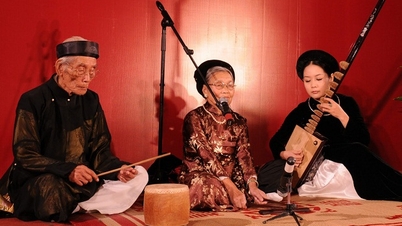



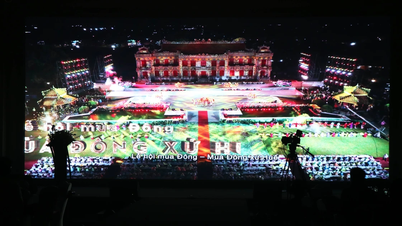
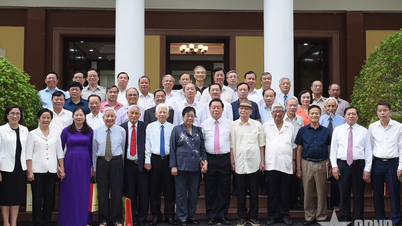







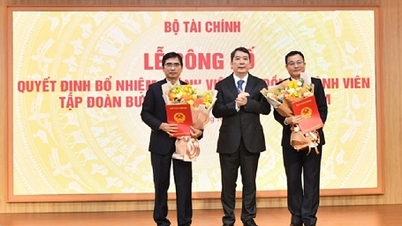













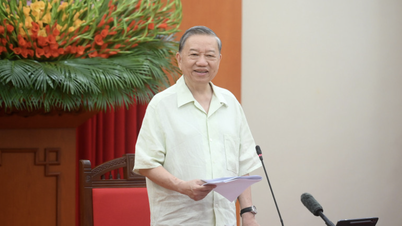
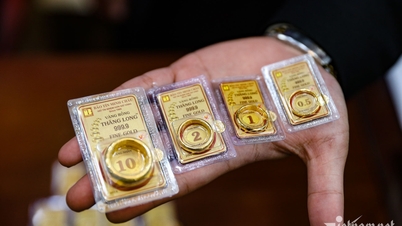


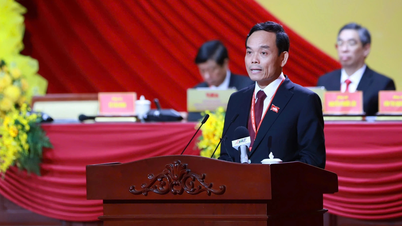
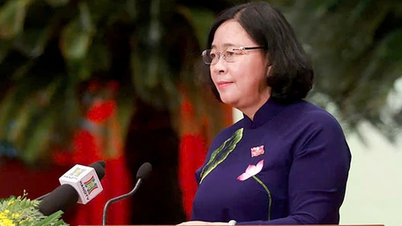




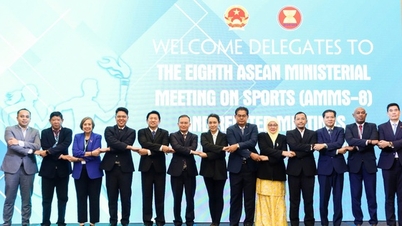











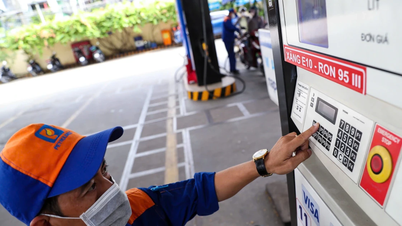



















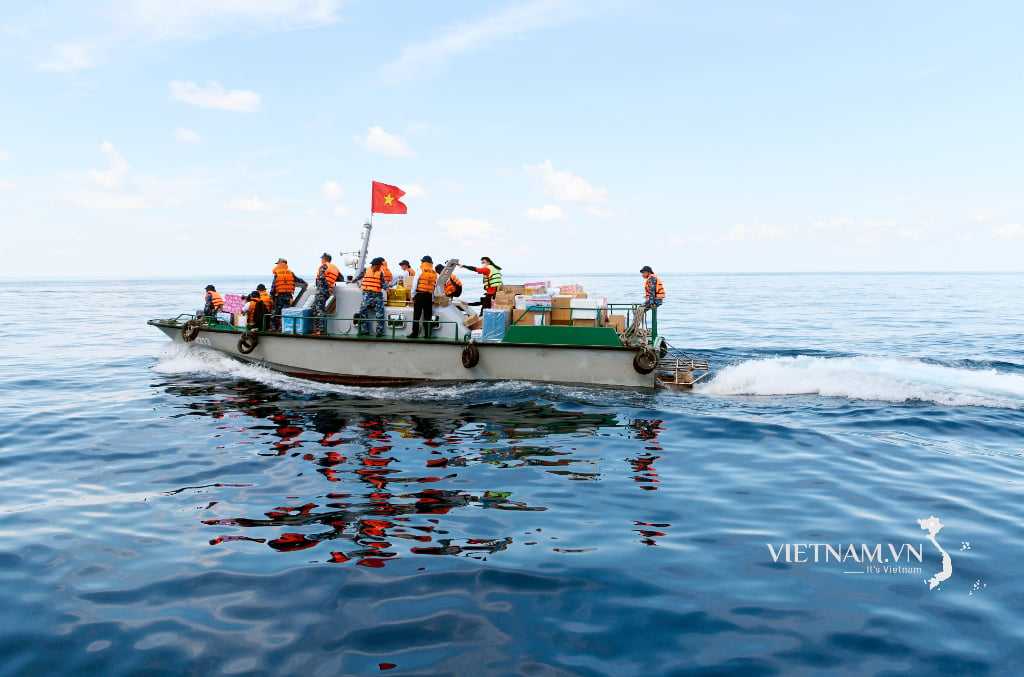
Comment (0)